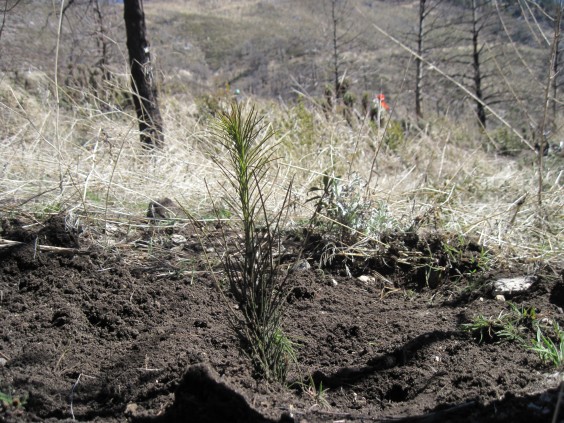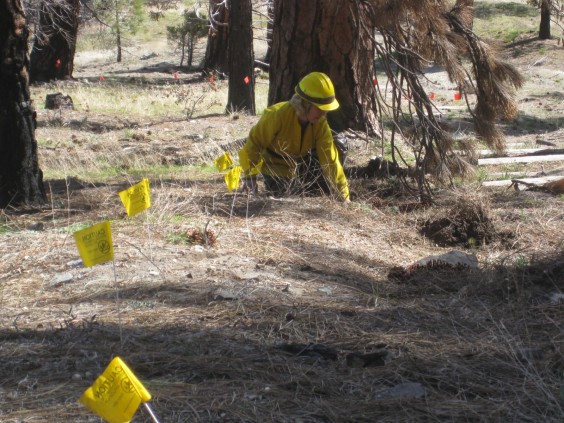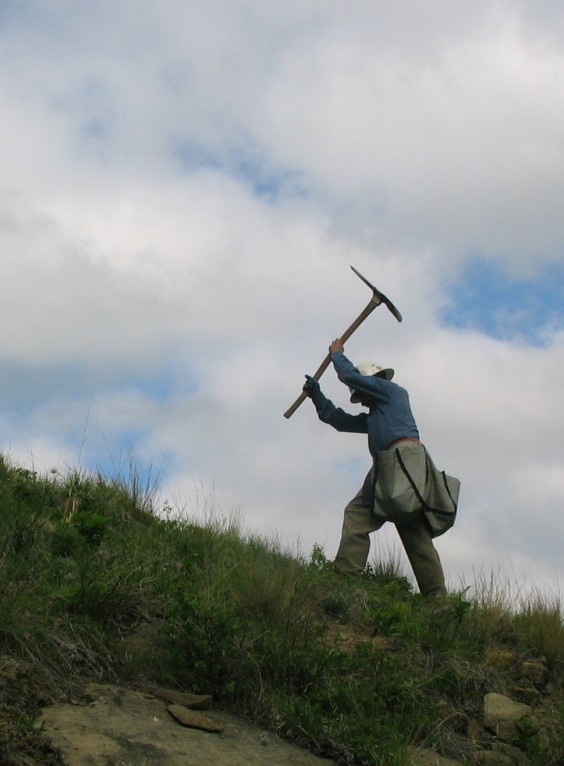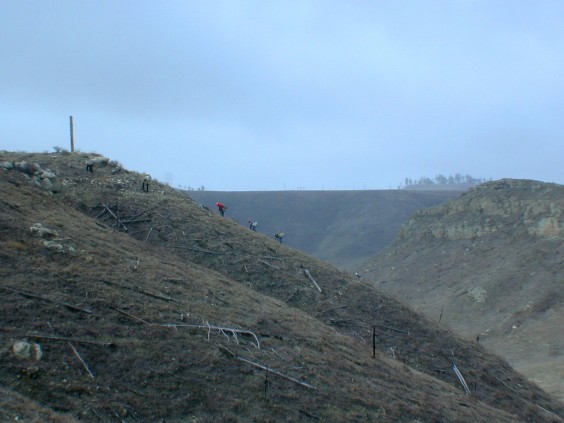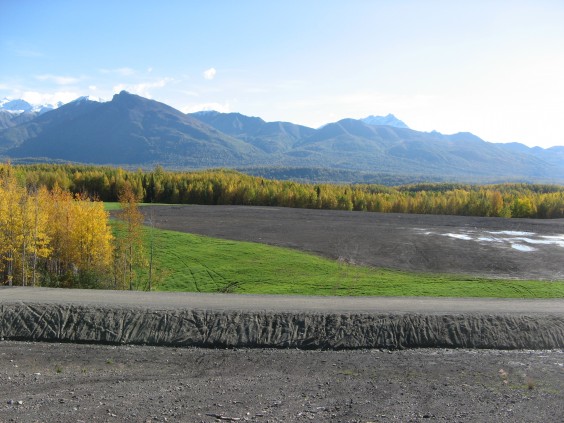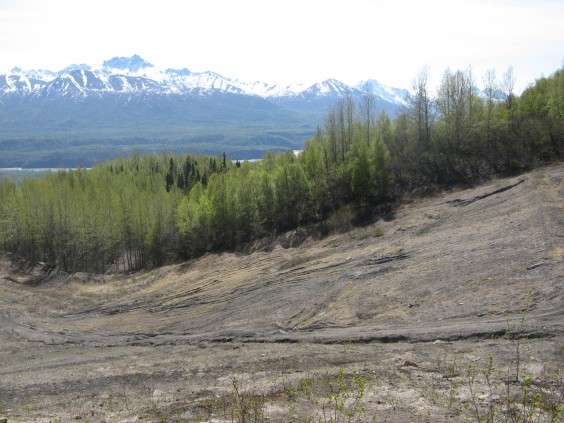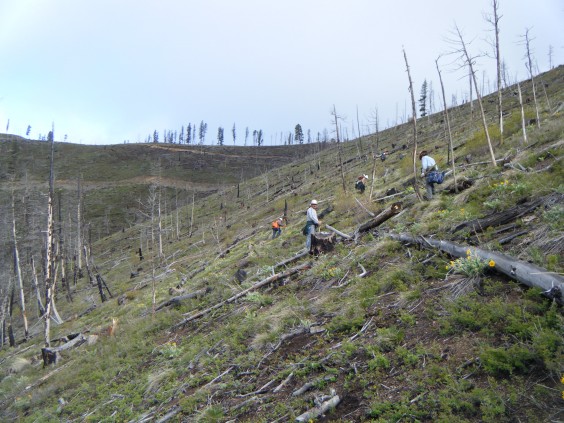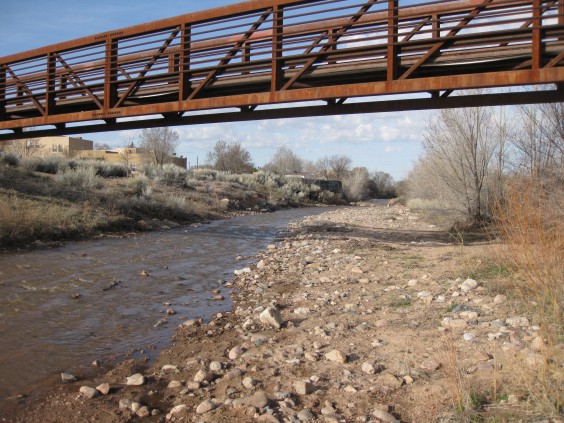We’re proud to announce that we’ve now donated over $1 million to our Better to Give partners, thanks to the support of our amazing customers. All year long, we give customers the opportunity to select a non-profit organization with every order placed. When a partner is chosen, we then donate $1 on the customer’s behalf. Over the week of Thanksgiving, we raised that donation to $5 for those visiting our site through a special email campaign. We saw the donation rate skyrocket during this time, taking us past the $1 million mark on Black Friday.
It fills all of us with pride to think about the impact we’ve been able to make with these donations, especially as a mid-size business operating out of one warehouse in Brooklyn. One of the fundamental reasons that our founder Dave Bolotsky started this company was to prove that capitalism could be a force for positive change in the world, and passing this $1 million milestone serves as validation of that concept. We know, however, that none of this would have been possible without a community of talented artists supplying us with appealing products, non-profit organizations dedicated to furthering meaningful causes, and wonderful customers who are receptive to what we are trying to do.
We’ll continue to donate a dollar to a Better to Give partner each time you order, so don’t forget to choose one of these non-profit partners next time you’re shopping with UncommonGoods.
 RAINN, the nation’s largest anti-sexual violence organization, carries out programs to prevent sexual violence. RAINN created and operates the National Sexual Assault Hotline and partners with more than 1,100 rape crisis centers across the country. They also provide resources for policymakers and the media, build community partnerships to promote nationwide education, and work to ensure that rapists are brought to justice.
RAINN, the nation’s largest anti-sexual violence organization, carries out programs to prevent sexual violence. RAINN created and operates the National Sexual Assault Hotline and partners with more than 1,100 rape crisis centers across the country. They also provide resources for policymakers and the media, build community partnerships to promote nationwide education, and work to ensure that rapists are brought to justice.
To date, 147,415 customers have chosen to donate to RAINN.
American Forests is the oldest non-profit conservation organization in the United States. Their mission is to protect and restore forests worldwide. Since 1990, they’ve planted more than 45 million trees–helping to preserve the health of our planet for the benefit of its inhabitants.
To date, 192,037 customers have chosen to donate to American Forests.
Women for Women International helps women survivors of war by providing them with the tools and resources they need to move from crisis and poverty to stability and self-sufficiency. By bringing women together in a safe space to teach life, business, and vocational skills, Women for Women International helps them become independent. This creates a ripple effect that not only benefits the women enrolled in these programs, but also builds stronger families and communities.
To date, 111,972 customers have chosen to donate to Women for Women International.
Reach Out and Read’s thousands of doctors and nurses promote early literacy, language skills, and school readiness to young children and their families in all 50 states. By integrating children’s books into well-child visits and encouraging parents to read to their children, Reach Out and Read lays a foundation that puts children on an early path to educational success.
Reach Out and Read is our newest partner. We’re thrilled that 18,304 customers have already shown their support for this organization through Better to Give!
We’ve worked with many other organizations over the years, so we’d also like to take a moment to thank everyone who donated to our past partners. Whether through a years-long partnership or a more short-term campaign focused on a particular crisis, we’re proud to support the work of each and every one of these amazing non-profits.
Next Generation Nepal – 2,069 Givers
Defenders of Wildlife – 92,496 Givers
World Wildlife Fund – 41,517 Givers
Craft Emergency Relief Fund – 47,572 Givers
Comprehensive Development Institute – 71,805 Givers
Tranquility Trail Animal Sanctuary – 1,051 Givers
AmeriCares -169, 281 Givers
City Harvest – 95,427 Givers
B Corporation – 425 Givers
HarlemLIVE – 8,496 Givers
Save Darfur – 727 Givers
Thanks again for helping us reach this $1 million milestone. We’re looking forward to celebrating the next $1 million with you soon!





